The Start of My Film Journey
“From the first roll, I was hooked.”
Photography has always been a part of my life. As someone born in 1986 and growing up alongside the evolution of digital photography, I’ve always been drawn to its precision, immediacy, and control. High-resolution sensors, advanced autofocus, and powerful editing tools like Lightroom have been my companions for years.
Even in film photography, digital technology often plays a pivotal role. Scanning film with a digital camera and a macro lens, for instance, can create sharper, more detailed images than traditional scanners. It’s a testament to how far digital tools have come. But even with all this power at my fingertips, I found myself craving something more.
When my mother brought me old family negatives last Christmas, along with a Nikon L35AF camera, I decided to give film photography a try. From the first roll, I was hooked. Loading the film, carefully setting the ASA, and advancing the frame felt like a conversation with the past. It was as though I was connecting with the same photographic journey my parents and grandparents once took, but on my own terms.
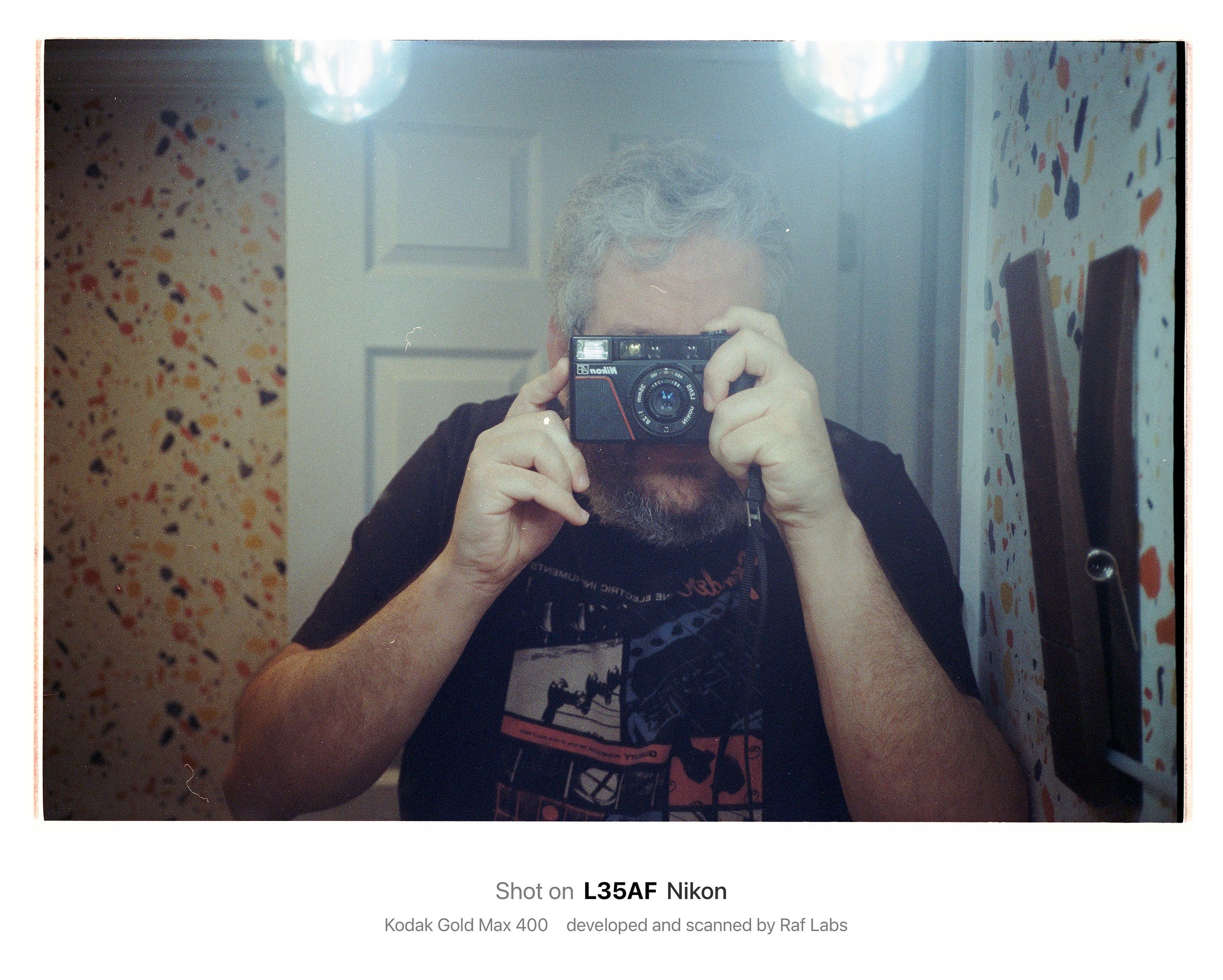
Why Film is Different
“The film camera communicates authenticity and hobbyism, which makes street photography more efficient and genuine.”
The limitations of film didn’t hinder me. They inspired me.
This process reminds me of playing a vintage bass guitar. Modern guitars are often manufactured with CNC machines, capable of cutting wood with extreme precision. They produce instruments that are flawless in their construction and reliability. But a vintage bass, with its handmade imperfections, worn-in frets, and history in its wood, creates a different kind of connection. It’s not just about the sound: it’s about how holding that instrument makes me feel. It inspires me, sparking creativity in ways a modern machine-made bass never could.
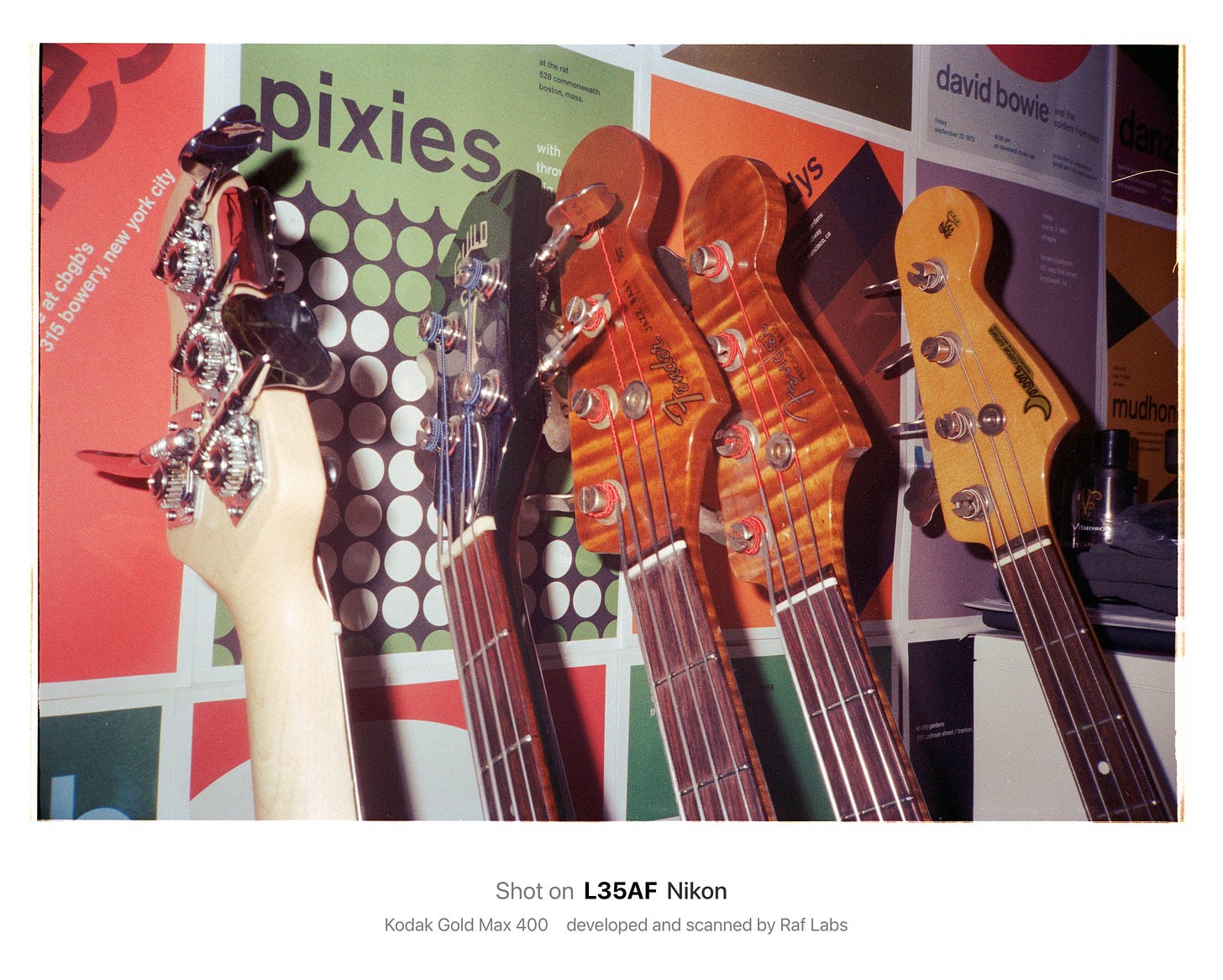
Film cameras feel the same way. The mechanical precision of advancing film, the resistance of manual focus, and the sound of the shutter are all part of an immersive experience. With each frame, I’m not just capturing an image, I’m engaging with light, shadows, and composition in a way that feels deliberate. Every click matters because every frame costs something.

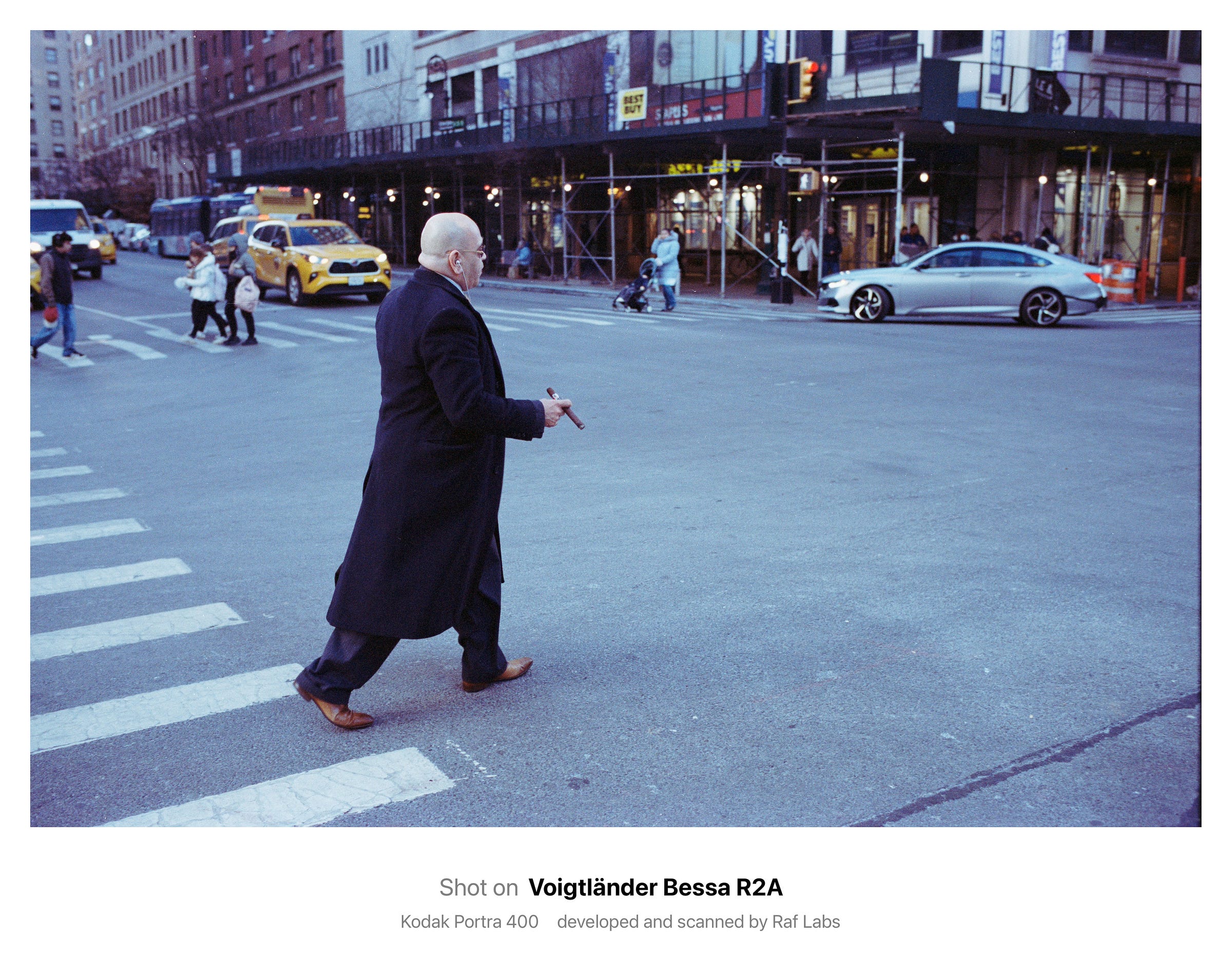
When talking about street photography and riskier shots, I must also note how using a film camera positively influences the way people perceive you during street photography. There’s something disarming about seeing someone advancing film and practicing slow photography, it immediately conveys that you’re an enthusiast, not a private detective or someone with ill intent.
This dynamic shifts interactions significantly. People react better, often intrigued by the process rather than wary. It aligns with the concept from Marshall McLuhan’s book The Medium is the Massage, where the medium itself shapes the message being received.
The film camera communicates authenticity and hobbyism, which makes street photography more efficient and genuine. Moreover, there’s a unique safeguard when using film. If someone, like a security guard, demands that you delete a photo, the absence of a delete button means your property (the roll of film) remains intact unless someone physically removes it. While losing a roll in extreme cases might be a frustrating compromise, it keeps interactions civil and avoids unnecessary escalation.
The Unexpected Joy of Community
“Film photography has a unique way of bringing people together.”
But what surprised me most about film photography wasn’t just the process or the results: it was the community.
I experienced this firsthand when I met Nicholas Lopresti. He became a guide in my early days of home development, helping me navigate the complex world of chemicals, timings, and tools. Without his help, I doubt I would’ve had the confidence to develop my first roll successfully. Moments like this remind me that photography isn’t just about the images we create, it’s about the connections we make along the way. If you benefited from his tips, or just laugh with his videos, consider going to his Shop and supporting his job, as the world needs more creators like him.
Film photography has a unique way of bringing people together. Whether it’s online forums, local meetups, or the friendly staff at labs, the community is incredibly welcoming. Many photographers are eager to share their knowledge, whether it’s about camera mechanics, film stocks, or developing techniques.

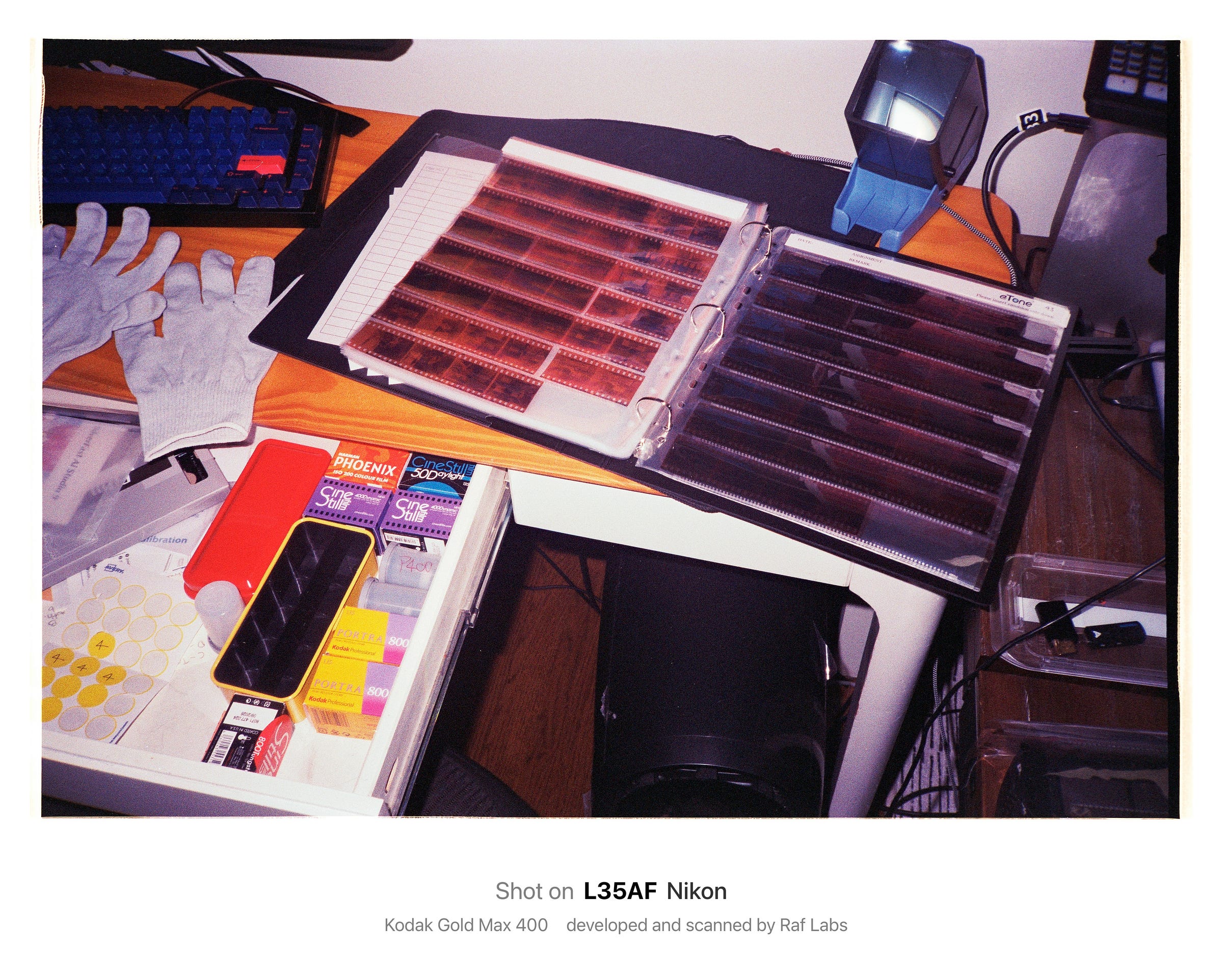
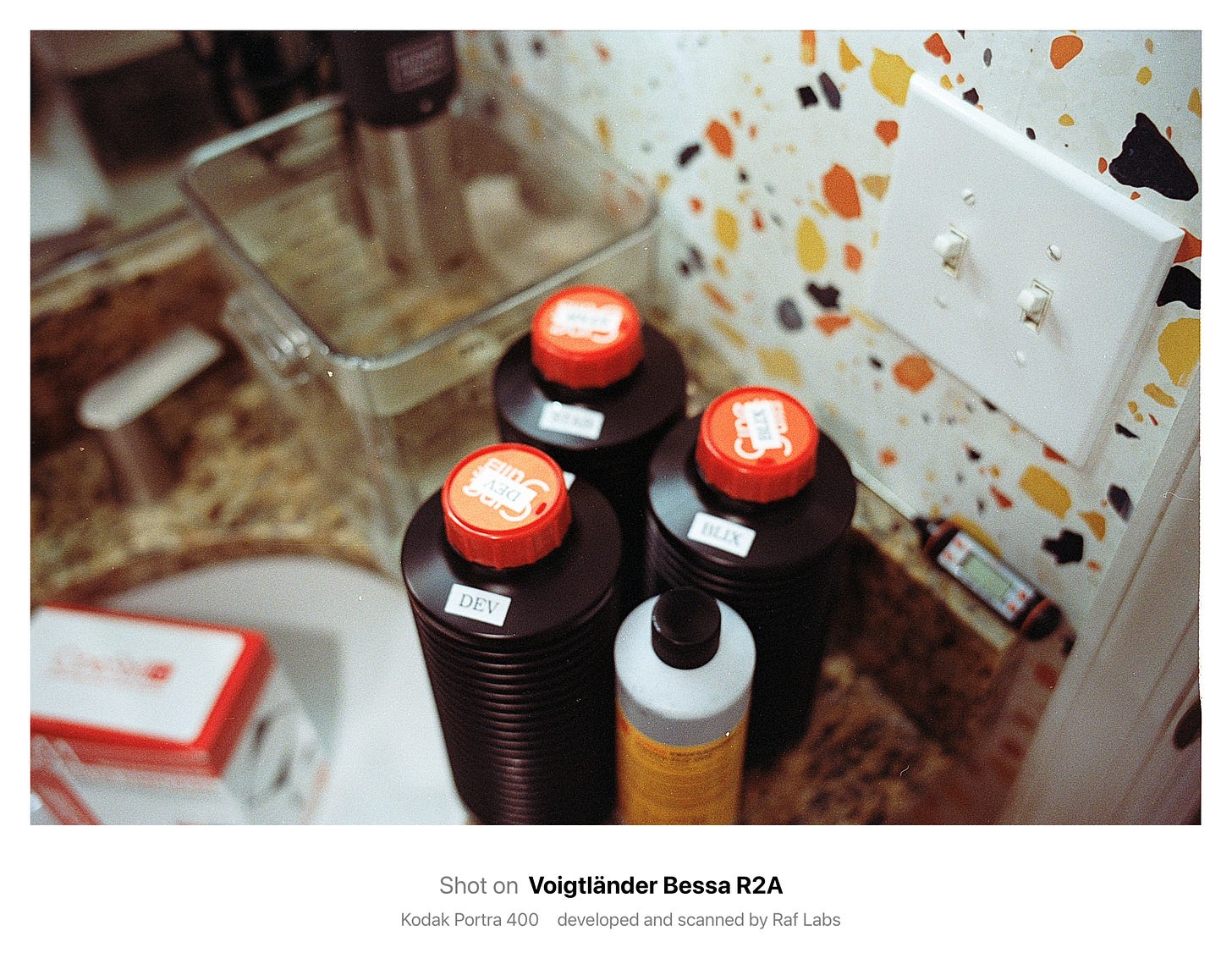
The Time Spent Reflecting on My Creations
“Each photo carries a story.”
The scanning process has also been unexpectedly transformative. Each scan takes around 3–5 minutes per photo, which forces me to slow down and really look at my work. I notice the details, the play of light, the textures, the small imperfections, and reflect on what I could improve. This time spent with my images has sharpened my critical eye and deepened my appreciation for the art of photography.
Recently, I scanned over 500 35mm negatives from my family archive, images that are over 30 years old. Seeing these moments preserved in vivid 65-megapixel TIFF files is a powerful experience. Each photo carries a story, a memory, and now a level of detail that ensures it can be cherished for years to come.
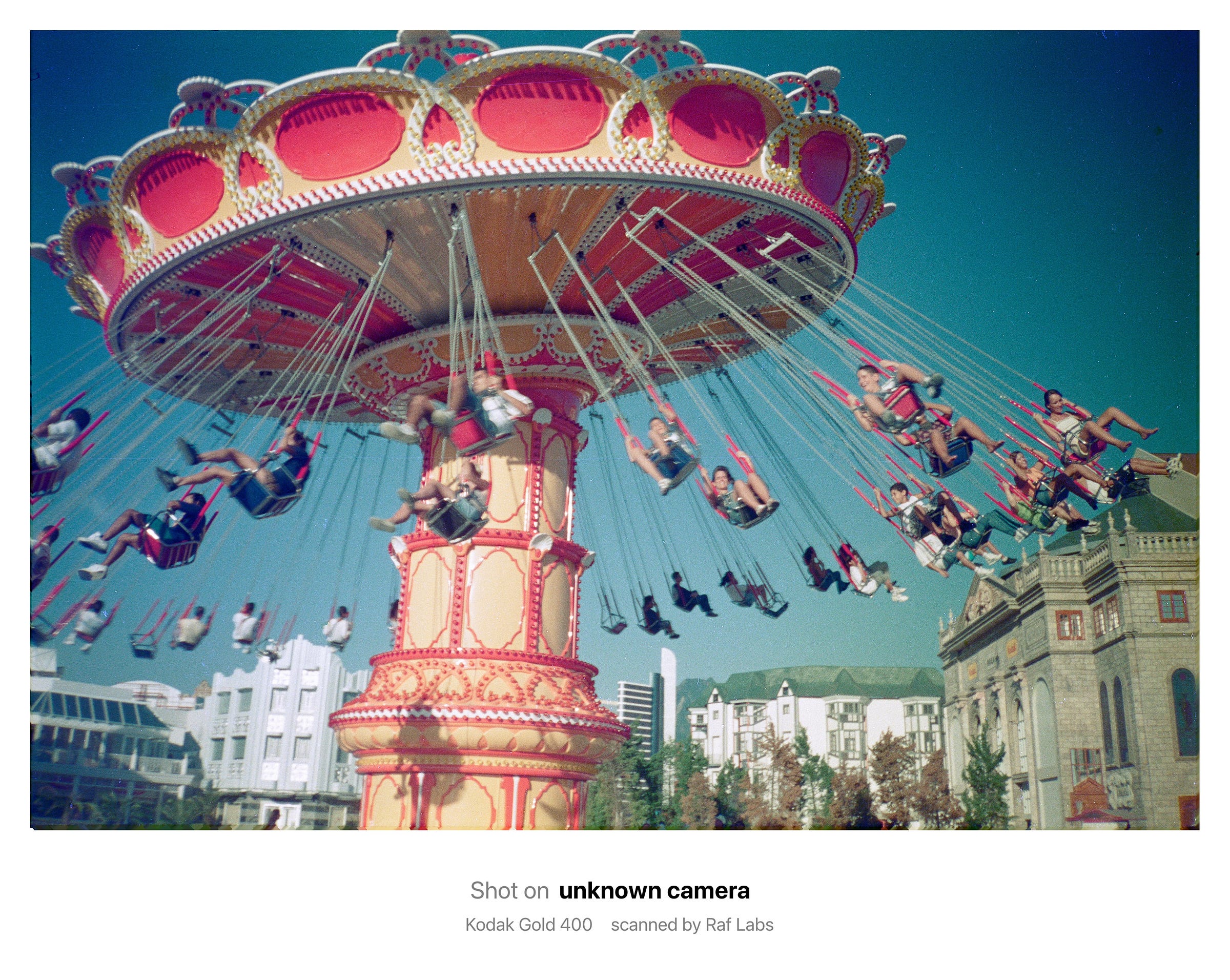
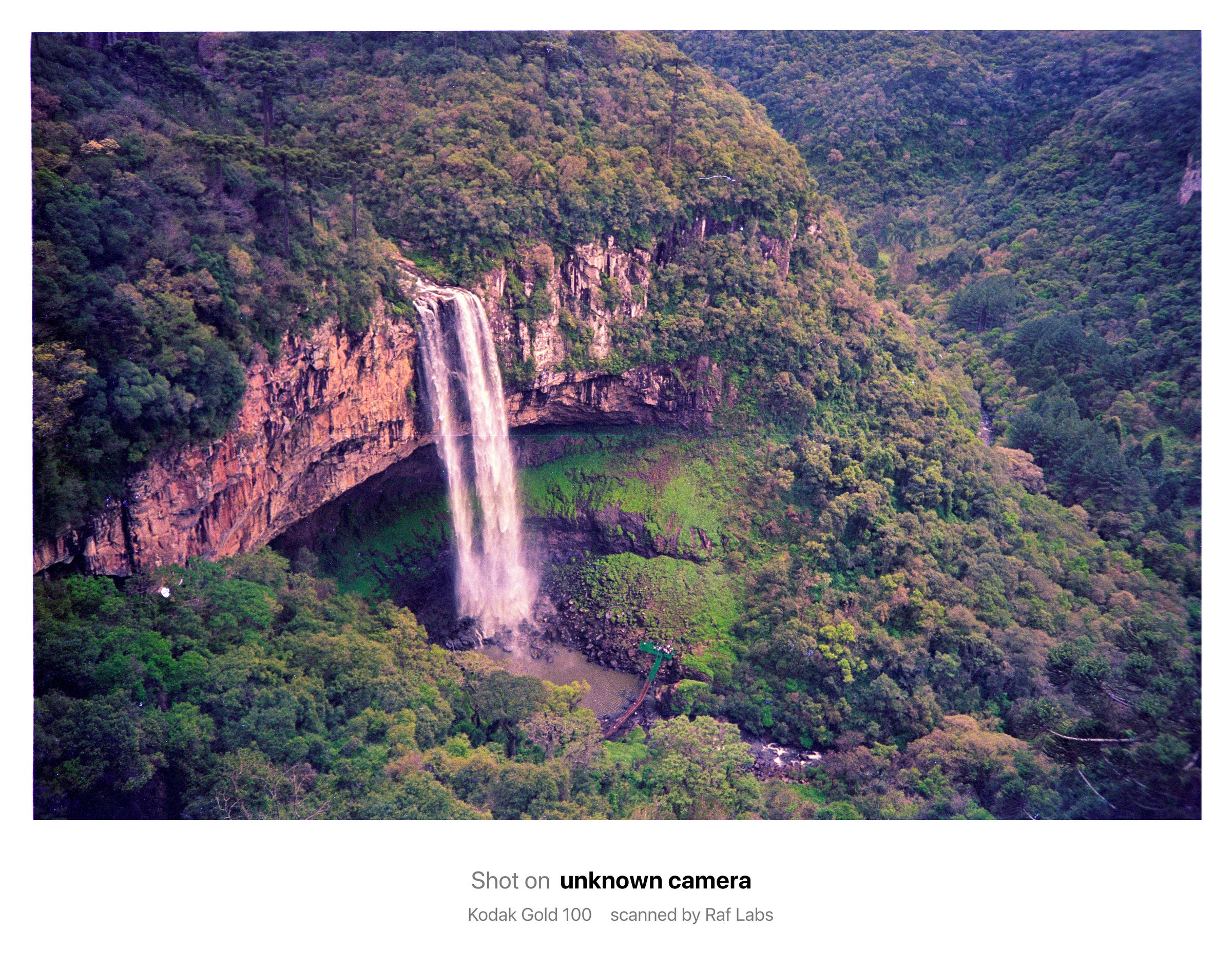
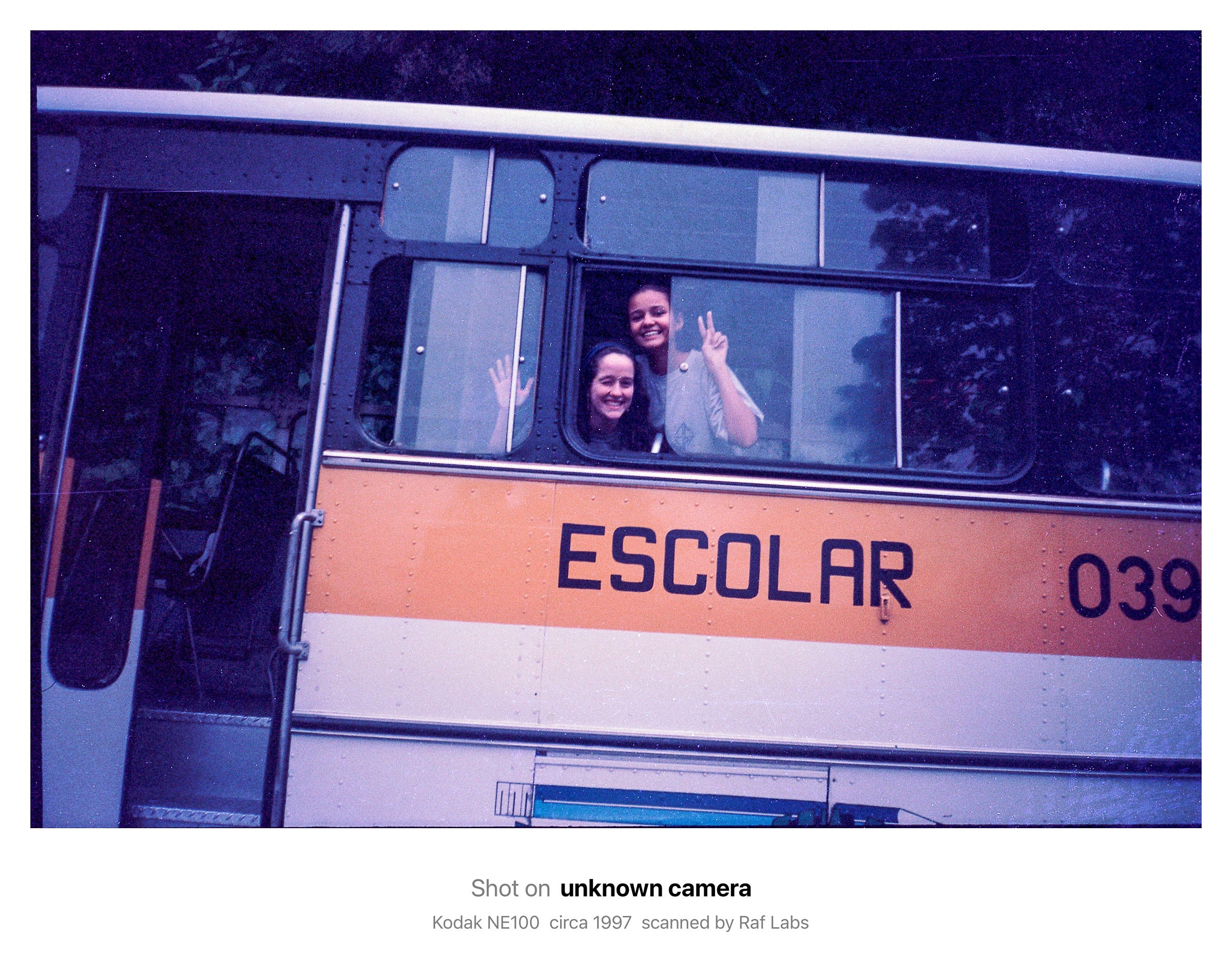
Lessons Learned / Key Takeaways
Film photography has taught me so much more than just how to shoot on film. It’s taught me patience, resilience, intentionality, and how to truly see. It’s connected me to a community of people who share that passion. And it’s reminded me that the most meaningful parts of photography aren’t just the images, it’s the journey of creating them. And mostly important: I made new friends.
Here are some photographies I did with my new Voigtländer Bessa R2A and the old Nikon L35AF, some of them developed and scanned by Gelatin Labs, some other I developed and scanned myself. Please consume them slowly, allow you some time to think about details, I urge you to not scroll like we all do on Instagram.
Expect more film photography around here!






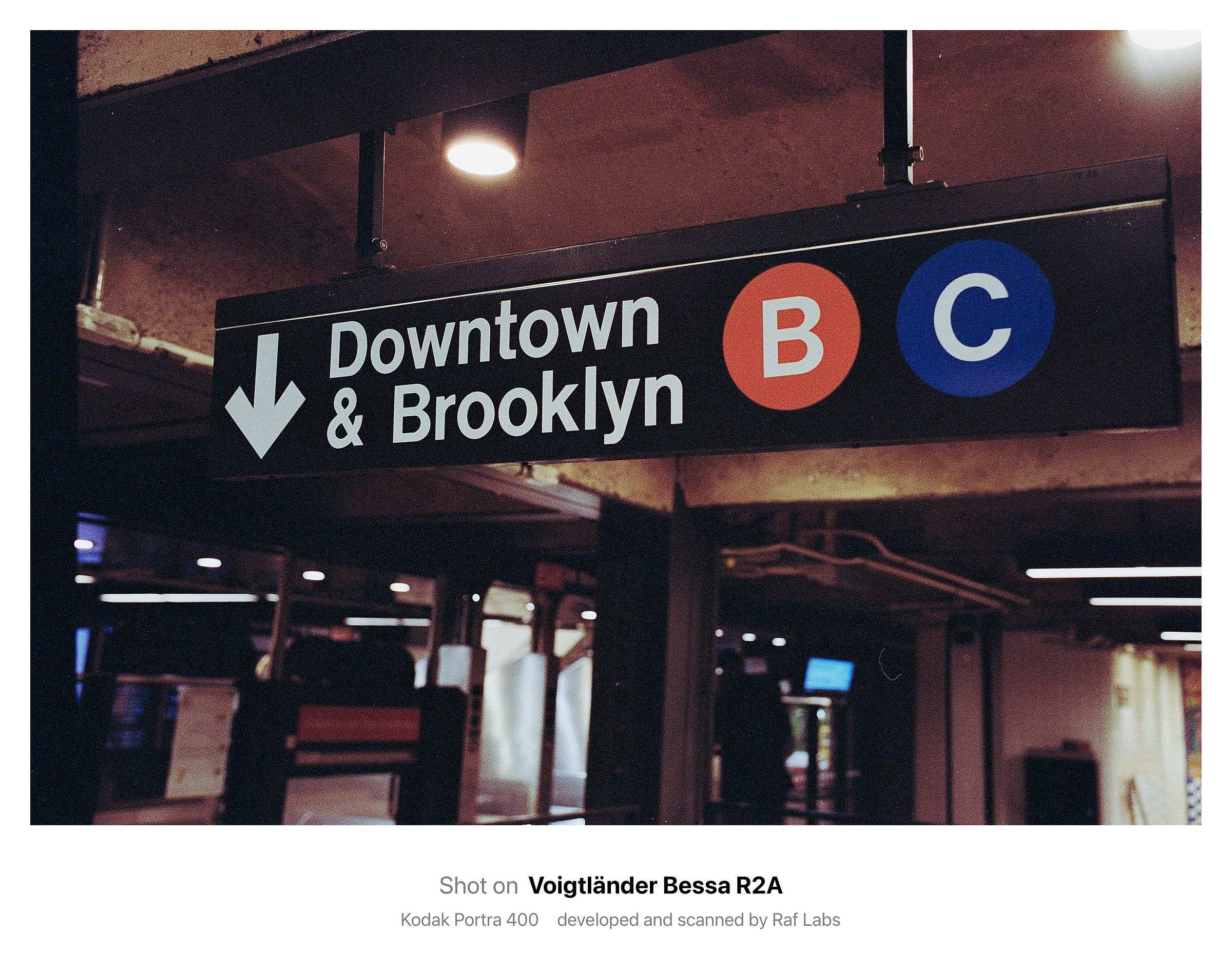


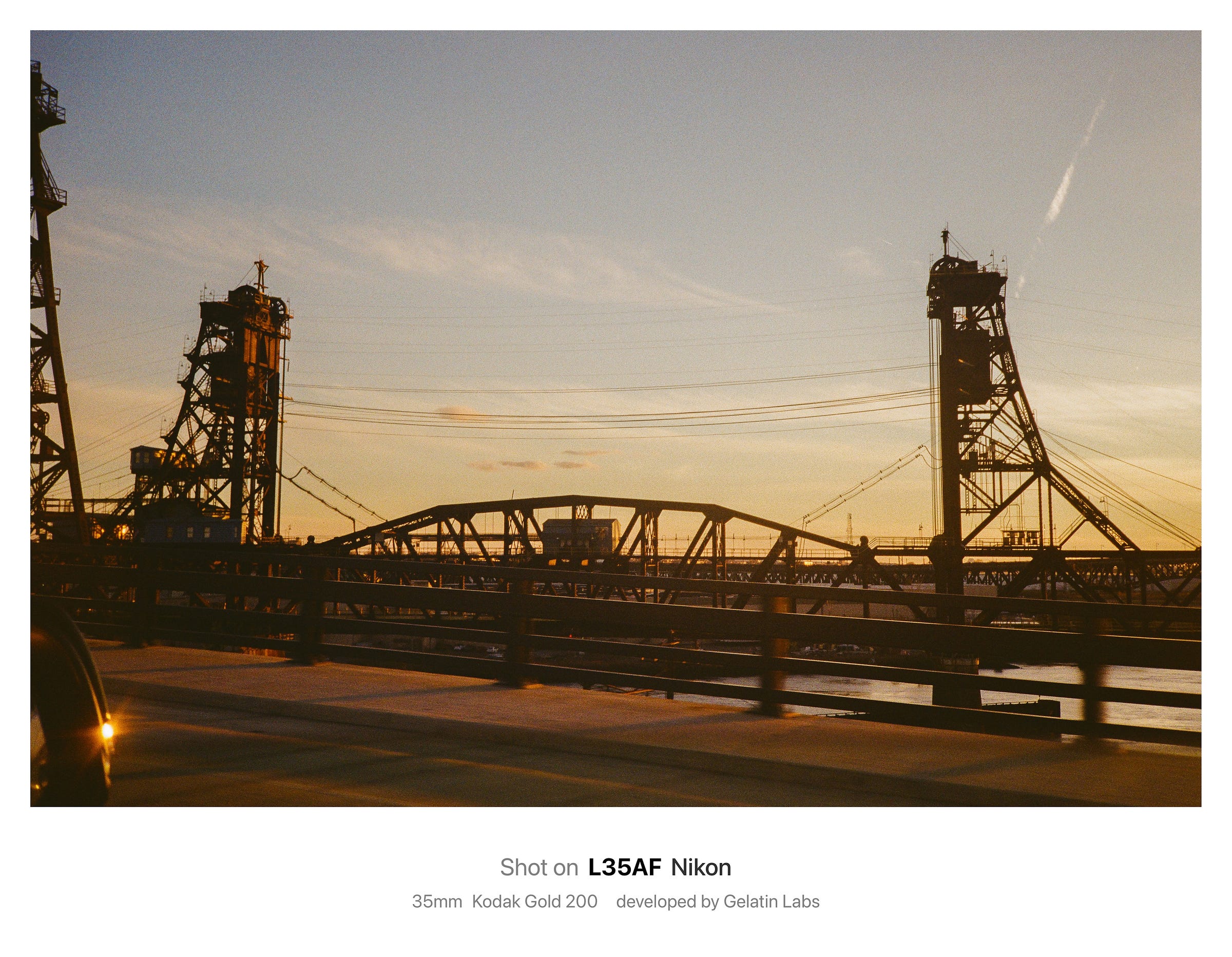
This was a powerful discussion about the present day value in using what most would consider a “retro” technology, and not just for the sake of nostalgia. The central takeaway for me was that film photography will necessitate a more thoughtful and deliberate approach to composition, lighting, exposure, and so on.
A huge and growing number of people are today preferring analog vinyl recordings of music, rather than listening to high quality, lossless, digital recordings. The engineering facts are that this produces a less accurate rendition of what happened in the space at the time of recording than modern digital techniques permit. That doesn’t mean people cannot prefer the vinyl listening experience, but it cannot be argued that it is, in any technical acoustic way, better than, or even as good as digital.
Raf has explained why that’s not the same for photography.
I love the framing you do for the images with the technical information below.